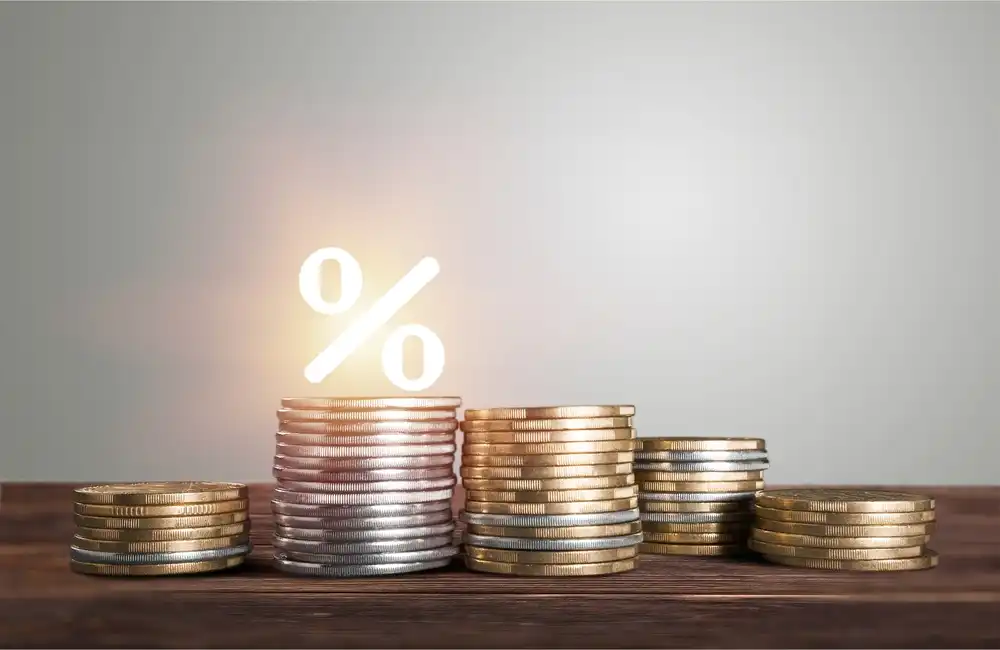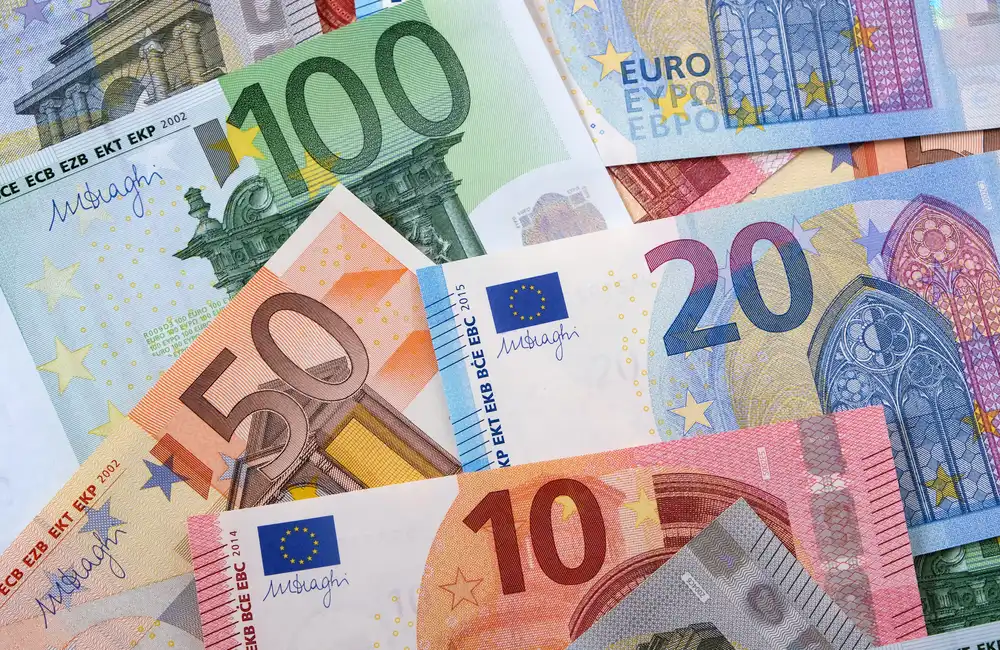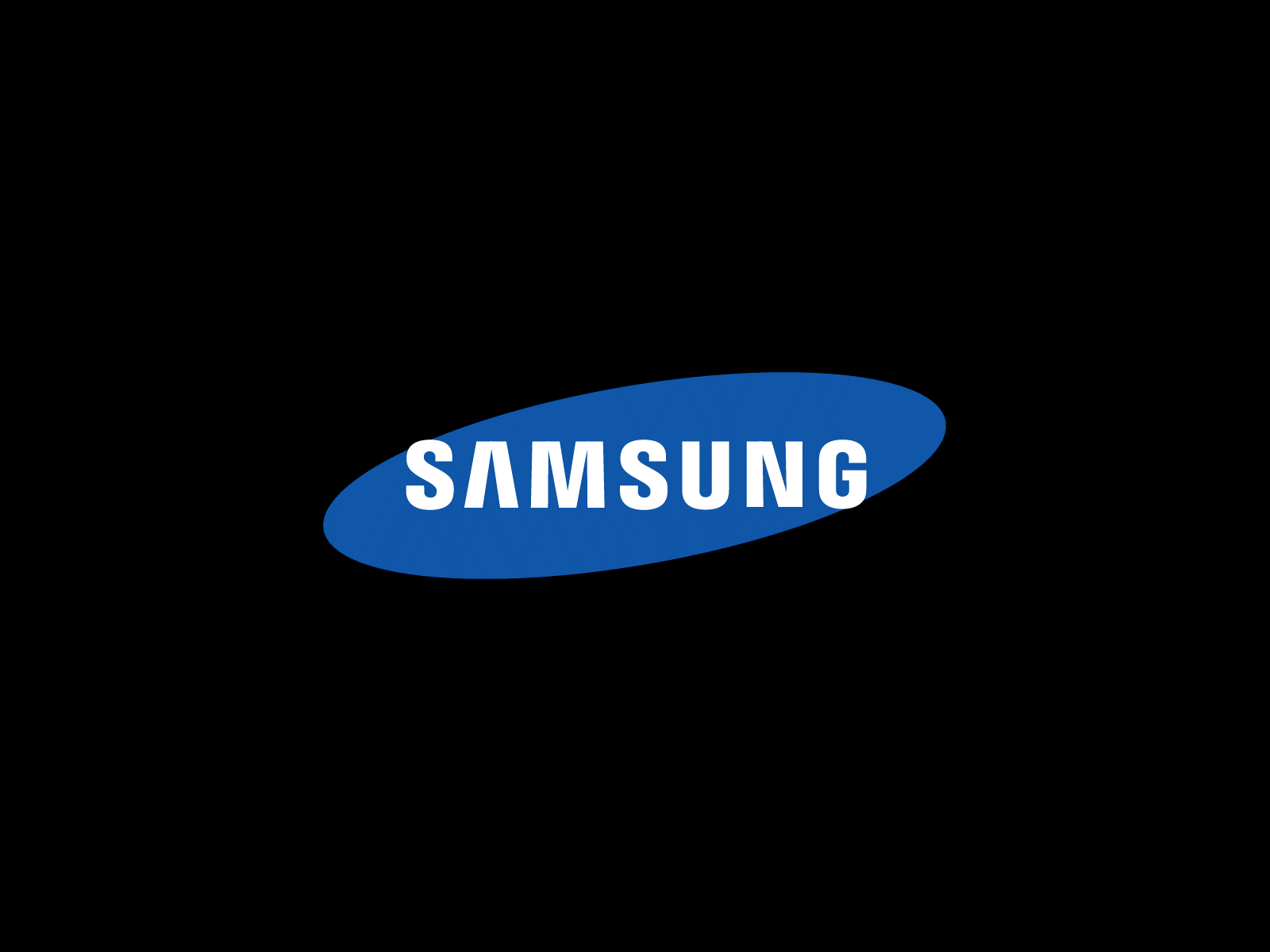Essentially, thematic investing is an investment strategy in which investors purchase shares of companies that are benefiting from and, indeed, driving long-term global megatrends, or are merely narratives of the next big thing for the next five, ten, even twenty years. Much of this type of investing is centered on expected and, in reality, long-term themes away from individual companies or sectors and trying to capitalize on the success and development of potentially industry-altering social, technological, and economic themes.
The earliest examples of thematic investing date back to just after World War II. In 1948, Television Shares Management Corporation, a Chicago-based firm, set up a television fund to profit from the fledgling TV industry. With an estimated one million TV sets about to go on sale and colour TV also approaching, the fund was launched to take advantage of the growth and expansion just around the corner. Not a thematic strategy as we now know them, but the groundwork was laid, and during the next couple of decades, especially during the 1960s, there were plenty of fund launches. It released additional funds to capture growth across a variety of themes/megatrends from a Missiles-Rockets-Jets & Automation fund to an Oceanographic fund, which invested in businesses seeking to farm and create communities under the sea. Yet others will argue that the earliest iteration of a thematic fund was established in 1998, with a focus on tech investments. This was probably closer to the diversified thematic funds we know today.
No matter what side of that divide you fall on, it’s useful to look back to see how things evolved and what nuanced changes in the years between helped get us to where we are today. It also allows us to understand the potential benefits and risks, which in the case of thematic investing, are in ample supply. One way to make up for diversification in a broader theme, such as technology, is to invest in thematic funds. For instance, a tech-focused fund doesn’t have to only be a pure play on any one type of technology, rather, it can encompass the various secular trends within the technology space by holding companies from across the sector that are contributing to innovation. These kinds of funds have generated strong returns over the last decade, underpinned by the breadth of impact technology has had across everything from healthcare to retail.
On the downside, though there can be greater volatility and sharp underperformance, especially if a strategy is based on shorter-term market dynamics or if its investment remit gets too narrow, with its destiny resting on a poorly supported or unappetising market theme – such as, perhaps, the Oceanographic fund…. The thing about thematic investing is that there have been several times where funds have been launched during a 'bubble period'; an attempt to pile on to whatever is going well, and get the returns associated with it. But such a strategy can fade rapidly, and when it does, you either have lots of businesses that were owned at inflated valuations that have now undergone material multiple compression with the ‘short-term’ theme having played out, or you’re waiting for the strategy to wind up patiently.
But as we referenced previously, performance and demand can drop off a cliff. This is something we’ve witnessed over the past two years, and, as the chart above illustrates, there were outright net outflows both in 2022 and 2023. We believe this is mainly due to the shift in the global interest rate environment. It was, first, appetite returning for traditional value stocks that don’t normally make it into thematic funds. Instead, it resulted in a dramatic change in overall investor behaviour as they scrambled to cash, seeking a 5% or so rate of interest for their savings in low-risk bank accounts or bonds, especially with all the fears of recession swirling.
Technology and renewables were the two areas that experienced particularly stark outflows, though performance has varied considerably. We included a chart below, which shows the returns of technology and clean energy, which are represented through the iShares Global Tech and iShares Global Clean Energy ETFs, illustrating the divergence in performance of the two from the back half of 2022. And yet, when you look at the investment trusts in each sector, discounts are remarkably similar. For example, Allianz Technology Trust (ATT) stands at a 10.7% discount at present and Impax Environmental Markets (IEM) at 9.9%, which indicates to us that net asset value performance has not been the issue that has generated outflows but rather a function of a move into cash & higher-yielding and less risky products. However, as the interest rate picture clarifies and rates begin to drop, we believe the higher-yielding options investors are currently benefiting from will start to appear less palatable, meaning large cash allocations will need to seek out a new destination. Both sectors arguably provide opportunities for the longer haul, years and decades. With a trio of solid-performance runs, ongoing demand in higher demand and above-average discounts, technology could pull in more immediate investment, though buying into the recently sold-off sector may be the better play.
Where is it all heading?
Within technology, we believe the semiconductor outlook is one of particular interest. And despite short-term challenges, the economically important role this sector has to play in the long-term should be the most powerful driver for unprecedented growth, particularly considering its ability to innovate and bounce back in the future. It is an opportunity that ATT lead manager Mike Seidenberg is looking to capitalise on. Although he strives to catch the myriad secular themes in the tech space with long-term high growth prospects, he notes that his overall bullishness in semis is certainly still evident in his above-benchmark exposure to the space. But he doesn’t merely buy the giant cap stocks that dominate the benchmark. With frothiness of valuations once again taking some air time, as well, he thinks there is a mosaic of opportunities a little further down the market-cap spectrum that could also do well, and has built up exposure over time to some mid-cap companies JPMorgan Asset Management's Tyler feels are underrated, such as Monolithic Power Systems, which designs and develops semiconductor-based power solutions, and Micron Technology, a manufacturer of memory and storage technology.
A slightly different way into this theme is Henderson European Focus Trust (HEFT). HEFT’s portfolio includes leading global semiconductor equipment manufacturers that are based in Europe — companies like Infineon Technologies and ASM International that supply critical equipment to the industry. Both companies are likely beneficiaries no matter which company ends up manufacturing the end product, including those whose fortunes, like Nvidia’s, are being propelled higher by artificial intelligence (AI) demand. These firms are trading at a much lower price-to-earnings (P/E) multiple, a gauge of valuation, than Nvidia, and could serve as a more economical proxy to an exposure to the theme while still gaining from rising demand.
Another trend that HEFT offers exposure to is electrification, with names like Siemens and Schneider Electric. Both companies are key to facilitating the move to a greener and more sustainable energy supply, also a crucial element in energy efficiency. Microsoft plans to build about 120 more data centres to handle the surge in demand for AI services, which will require lots of semiconductors. Since all of these colossal compute farms are going to have massive energy requirements (each will need to generate a sufficient amount of renewable energy to meet targets), energy efficiency is, therefore, a key part of reducing opex, it said. Siemens and Schneider Electric would be the likely beneficiaries here, as they provide infrastructure management hardware and software that help to optimise these facilities.
Healthcare, particularly biotechnology, is another structural growth theme with clear long-term drivers. Around the world, the demand for better healthcare and the money to buy it is increasing. But the sector has faced mounting pressure in the past few years due to rising interest rates leading to reduced financing for companies in this area, and investors are increasingly reluctant to invest in high-risk growth companies, particularly those that tend to be pre-profit.
International Biotechnology (IBT) team cites the cyclicality inherent in the biotech sector as a supporting long-term theme and suggests that it could be a potentially interesting time to consider the sector. Over 2023, the managers have added to exposure with companies further down the market-cap spectrum to capitalize on lower valuations, expectation of mergers and acquisitions, and what they view as a potentially bullish move in the cycle. Pressures exerted by rising interest rates on a rate-sensitive industry such as biotechnology have translated into several larger-scale acquisitions of smaller firms, including targeted therapy company Seagen, which was acquired by pharmaceutical and biotech behemoth Pfizer, and rare disease company Horizon Therapeutics, one of the biggest biotech companies in the world, Amgen. In each case, the acquisition generated a sizable increase in share price. Although short-term expectations shifted to look for fewer rate cuts in early 2024, we do believe that once rate cuts are a reality, then there is potential for a significant re-rating of the sector that, along with IBT’s current double-digit discount, could provide investors with an attractive entry point.





















